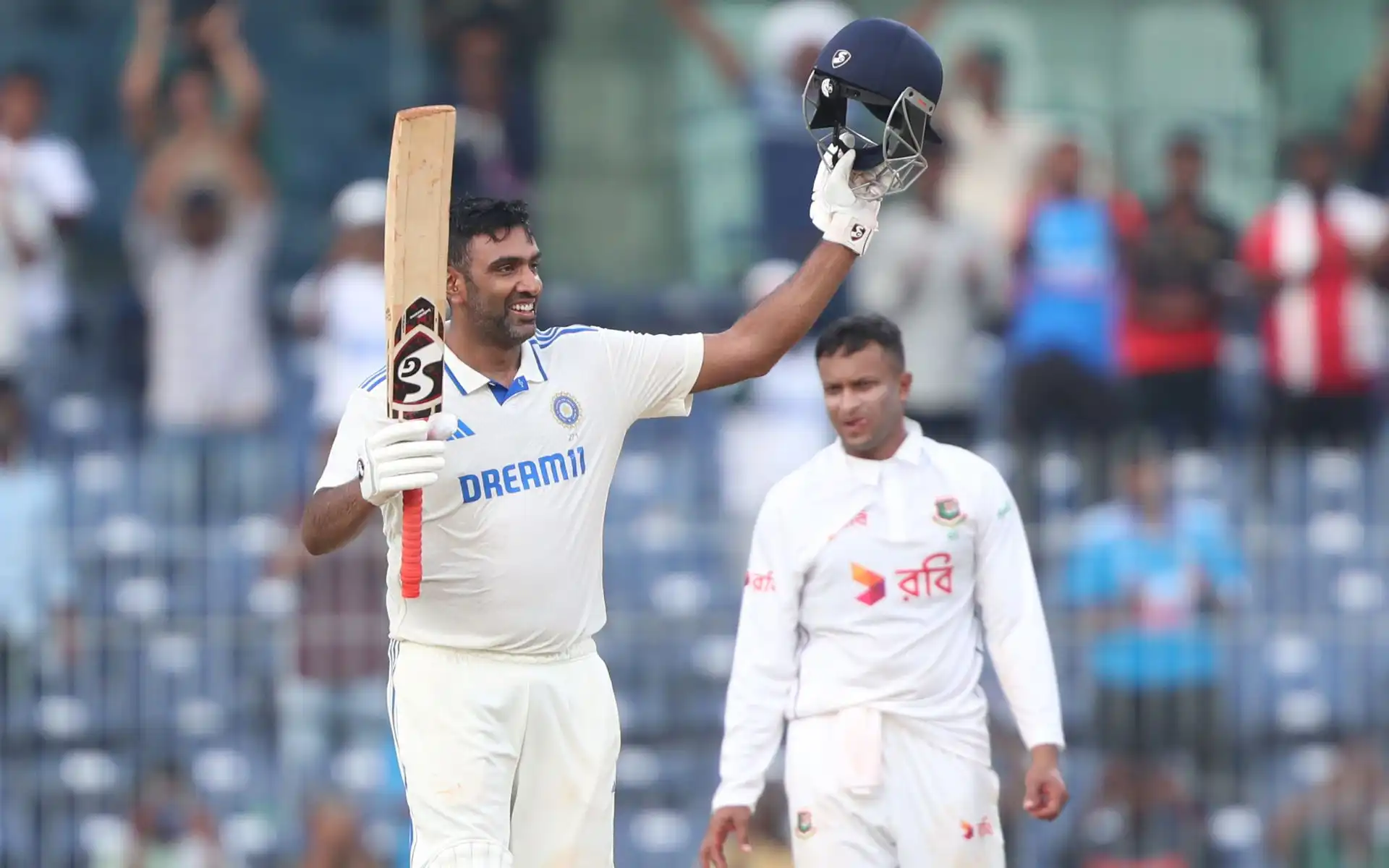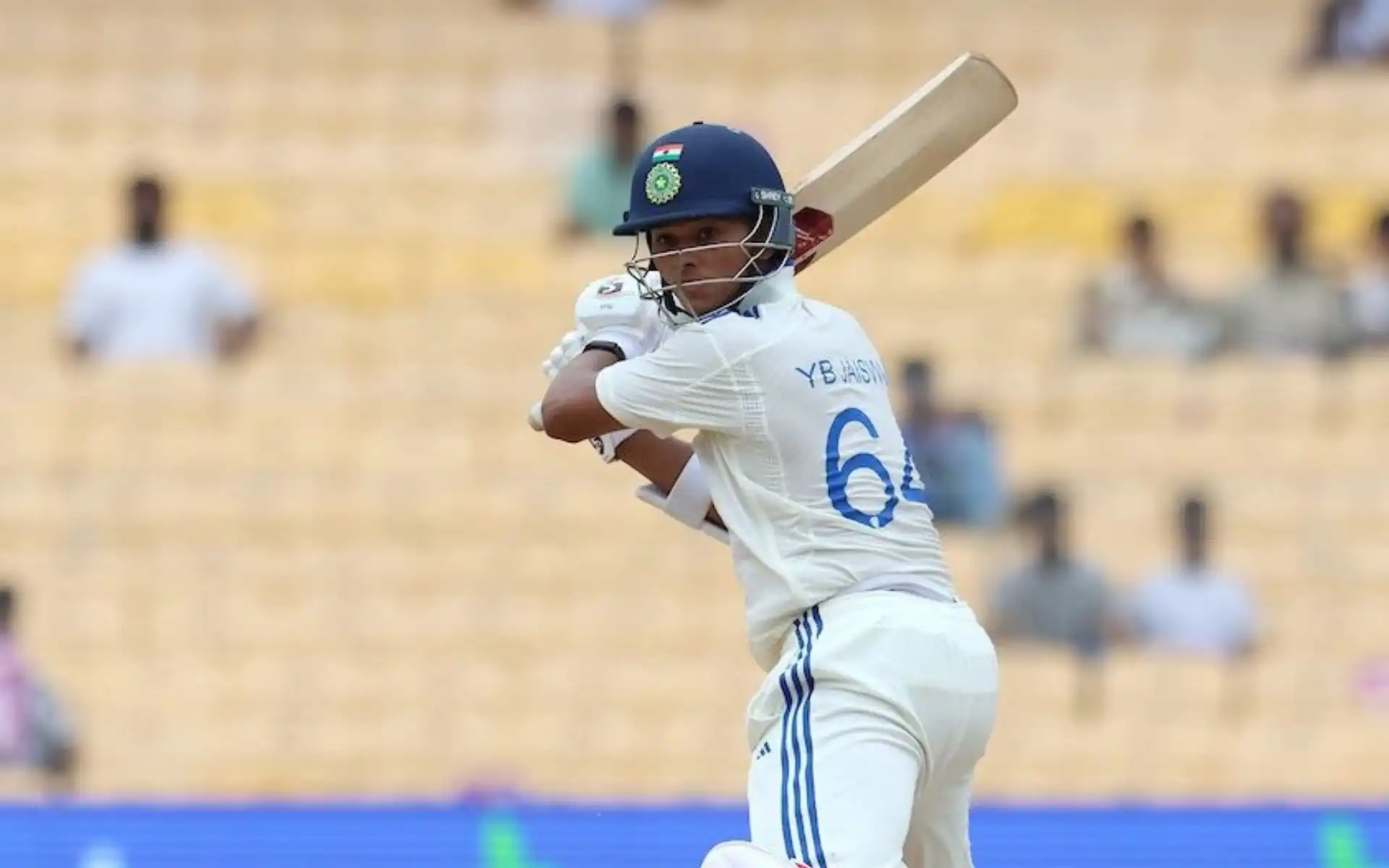![Hasan Mahmud bowled a lethal spell on day 1 against India [X]](https://onecricketnews.akamaized.net/parth-editor/oc-dashboard/news-images-prod/1726792777473_hasan_mahmud.jpg?type=hq) Hasan Mahmud bowled a lethal spell on day 1 against India [X]
Hasan Mahmud bowled a lethal spell on day 1 against India [X]
The India vs. Bangladesh two-match Test series has got off to a competitive start. The game's balance shifted towards both teams on Day One of the first Test. Even though India had the upper hand at the end of the first day, there was a stage when Bangladesh had India on the mats and total control over the game.
Two major factors contributed to the visitors' initial dominance on Day One of the IND vs BAN 1st Test. One was Bangladesh winning the toss on a track that was supposed to help the bowlers for at least the first hour of the match. The other was the persistence of the bowling unit in general. However, it was the individual brilliance of Hasan Mahmud that truly shone, making a significant impact on the game.
Here are the weaknesses of Indian batting that Hasan Mahmud exposed on Day One of the IND vs BAN 1st Test. These can hurt India, especially if the Australian think tank keeps a close eye on the series, with the BGT coming up later this year.
1.Rohit Sharma's Struggles with Intent: A Concern for Indian Batting
In the last 20-24 months, we have seen a different version of Rohit Sharma in white-ball cricket. Previously, he used to take a bit of time in the crease before he could attack the opposition. However, during this phase, he has shown more positive intent from the beginning of his knocks, which has paid great dividends for him and the Indian team.
However, when it comes to Test cricket, Rohit has seemingly struggled to keep up the same attitude. He has tried to become a more orthodox Test opener, resulting in a strike rate of around 60 in the last two years in this format.
While it is good compared to the general scoring rate in Test cricket, the modern game demands more from Rohit. Even in this match, his cautious approach led to a weak start for India. While he was leaving and defending deliveries, the Indian score was not moving, and when a brilliant delivery found his outside edge, the top order was exposed.
Rohit Sharma is of an otherworldly class in his batting, and it is perfectly within his abilities to attack the opposition without playing rash shots. If that strike rate can go from the 60s to somewhere around the 80s, it will help him as a batter and the team as a whole.
2. Shubman Gill's Lack of Temperament: Key Issues at Number 3
Shubman Gill had a stellar series against England earlier this year. However, in this match, he was found playing a casual shot and throwing away his wicket in a pressure situation. This speaks of the player's lack of temperament and understanding of the game situation.
The number three position is vital for a batting line-up in Test cricket. Shubman Gill’s batting approach is also ideal for the position in the modern age of the game. His aggressiveness can put India in the driver’s seat if he is in a good rhythm. However, more patience and the ability to adjust his game to the playing conditions and match situations might improve him as a Test batter.
3. Virat Kohli's Persistent Woes: Challenges Outside the Off-Stump
Hasan Mahmud once more brought to the fore Virat Kohli's age-old problem. It is now an open secret that persistence on the fourth to fifth stump line against him will eventually make Kohli play a drive and edge a ball behind the stumps, especially when there is a bit of movement around.
When India goes down under later this year, Australia will be looking to attack this particular area against the star batter. Kohli has proved earlier that he can overcome this problem and score runs in bulk if he is determined enough. India will hope that he is at his best by the BGT starts and that this problem will not haunt him in the all-important series.
Assessing India's Batting Adaptability in Test Cricket
While Hasan Mahmud exposed some of the biggest concerns in the Indian line-up, one must remember that India is playing red-ball cricket after about six months. The fact that the top three crumbled quickly might be attributed to the fact that the batters did not get enough time to switch their game from the limited-overs to the multi-day format. As this Test season progresses, we might see these batters getting more adjusted to this format and leaving more impact with the bat in hand for their team.
![[Watch] Shubman Gill Plays A Casual Shot As Hasan Mahmud Gets The Prince In IND vs BAN 1st Test](https://onecricketnews.akamaized.net/parth-editor/oc-dashboard/news-images-prod/1726722020453_gill_wicket (1).jpg)

.jpg)
.jpg?type=mq)



